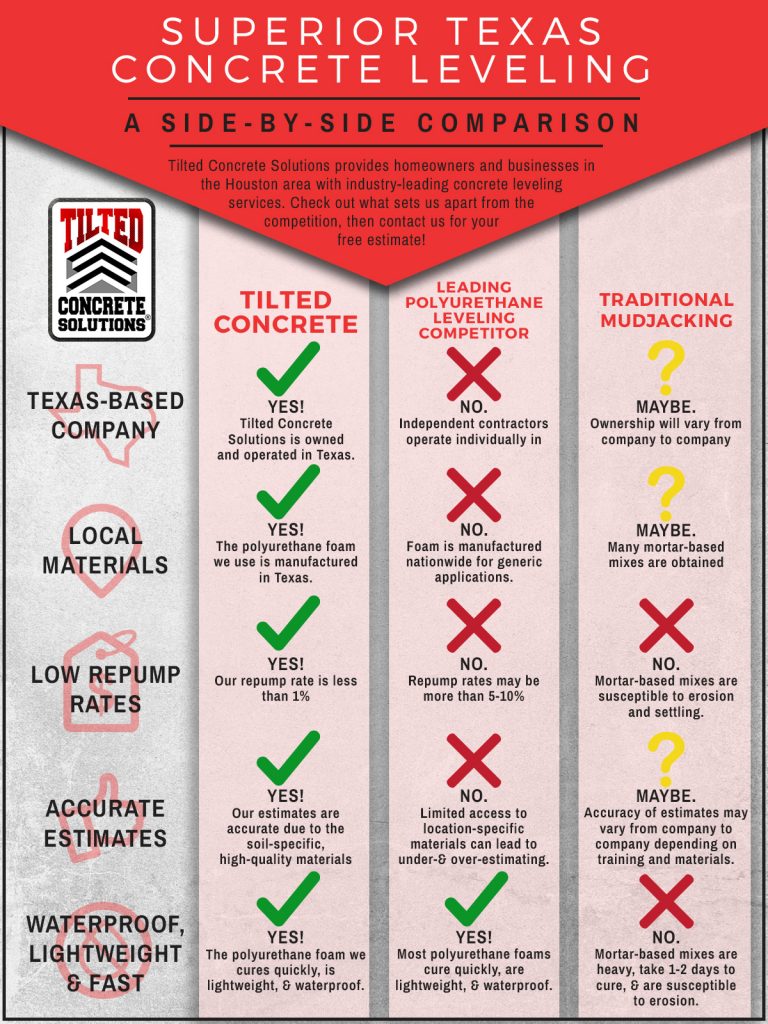Establish Your Walls Up For Paint With Fundamental Pointers And Strategies That Assure A Flawless Finish-- Learn The Vital Steps To Progress Your Task
Establish Your Walls Up For Paint With Fundamental Pointers And Strategies That Assure A Flawless Finish-- Learn The Vital Steps To Progress Your Task
Blog Article
Content Develop By-Mathiasen Gustavsen
When you're prepping your walls for painting, it's crucial to adhere to a systematic process to make sure a flawless finish. Start by checking out the wall for any kind of damages; this step can make or damage your job. Once you have actually recognized any kind of concerns, cleaning up the surface area effectively is crucial, as a filthy wall can affect paint bond. After that, you'll need to spot any type of flaws and apply a primer. However there are specific techniques and tips that can raise your prep work game-- allow's discover those more to attain the most effective results.
Assessing Wall Surface Condition
Prior to you order your paintbrush, take a moment to assess your wall surfaces' condition. Check for any type of noticeable damage like fractures, holes, or peeling off paint. These blemishes can impact how the paint adheres and looks when it's dry. If you see any type of considerable damage, you'll need to focus on repair work before diving into painting.
Look closely at the structure of your walls. Is the surface area smooth, or is there structure that might call for special consideration? Smooth walls generally need much less preparation, while textured surfaces might need even more time to paint evenly.
Additionally, take into consideration the previous paint work. If the old paint is glossy, it mightn't allow brand-new paint to stick properly. You'll wish to know if your wall surfaces have been repainted with oil-based or water-based paint, as this can influence your option of primer or paint.
Ultimately, take note of any dampness issues. If you see indicators of water damages or mold, address these troubles immediately to stop additional issues.
Cleansing the Surface area
As soon as you have actually analyzed the condition of your wall surfaces, the next action is cleaning the surface. Start by collecting your products: a container, cozy water, a moderate detergent, a sponge or towel, and a scrub brush for harder areas.
Begin on https://www.realhomes.com/features/is-gray-paint-going-out-of-style of the wall and function your method down. Mix the cleaning agent with warm water in your container, then dip the sponge or towel into the option. Wring it bent on stay clear of too much moisture on the walls.
As you clean, pay close attention to locations that may've gathered dirt, oil, or finger prints. For persistent discolorations, use the scrub brush gently to avoid harming the paint below. Rinse your sponge or cloth frequently in clean water to stop spreading dirt around.
After cleansing, it's important to wipe the wall surfaces with a wet fabric to get rid of any kind of soap residue. This step makes certain a smooth surface for the brand-new paint to adhere to.
Permit https://mylesnzjbh.atualblog.com/39503705/decorate-your-home-with-fascinating-tones-from-timeless-neutrals-to-daring-declaration-colors-and-uncover-just-how-to-stay-ahead-of-the-curve-in-interior-decoration to dry entirely prior to proceeding to the next prep work steps. This extensive cleansing procedure will aid create a fresh canvas for your painting project, making sure the most effective results.
Patching and Priming
Patching and priming are essential steps in preparing your walls for a fresh layer of paint. Initially, examine your wall surfaces for any type of openings, cracks, or blemishes. Make use of a top notch spackling compound or patching paste to load these locations.
Use the substance with a putty blade, smoothing it out so it's flush with the surrounding surface. Enable it to dry completely, and afterwards sand it lightly until it's smooth and also.
When you have actually covered every little thing, it's time to prime. Primer assists seal the patched areas, making sure the paint adheres properly and provides a consistent coating. Select a guide ideal for your wall surface type and the paint you'll be making use of.
Apply the guide utilizing a roller for larger areas and a brush for edges and edges. If your covered locations are substantially huge or permeable, you might want to use a second coat of guide after the initial one dries out.
After priming, allowed everything dry thoroughly prior to going on to painting. This prep work will not just improve the look of your walls yet also prolong the life of your paint work.
Take your time, and you'll be pleased with the outcomes.
Conclusion
By following these simple steps, you can achieve a smooth and expert surface on your wall surfaces. Beginning by assessing their problem, after that clean and spot any flaws prior to applying primer. Remember to enable ample drying out time and ensure whatever is smooth before you study painting. With the right prep work, you'll set the stage for a beautiful transformation in your room. Now, collect your materials, inhale the fresh air, and prepare yourself to paint!
